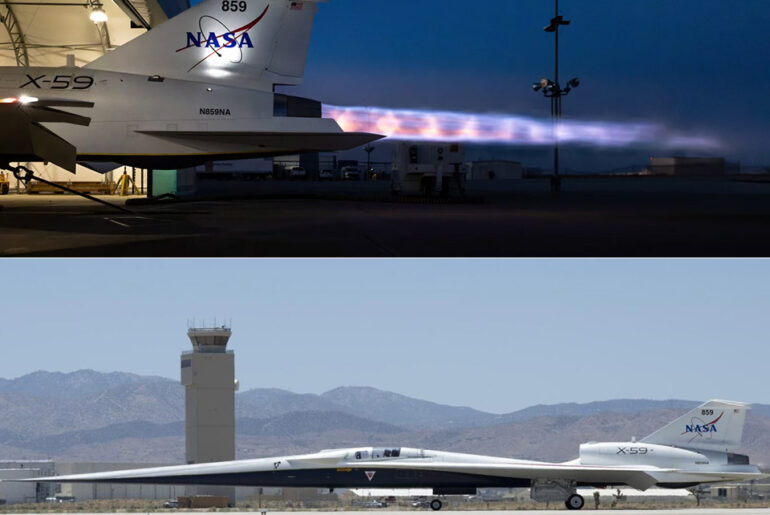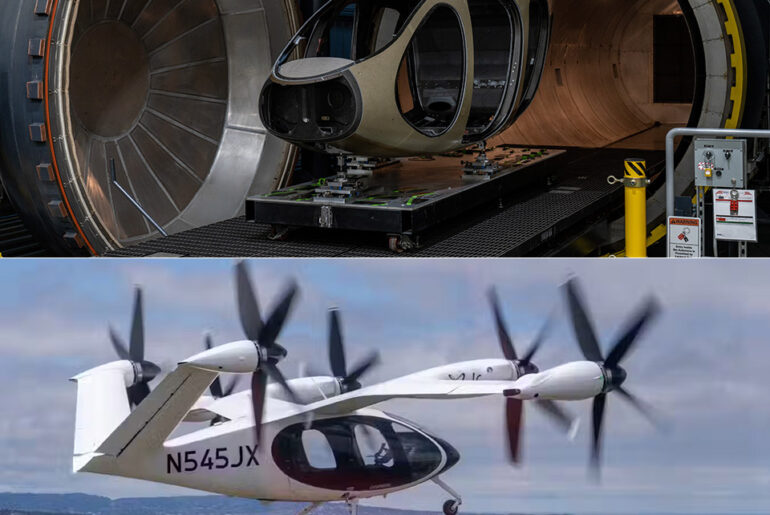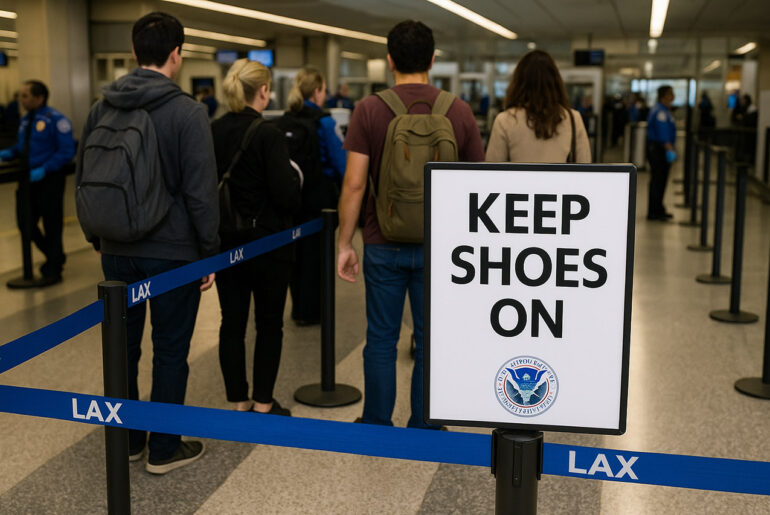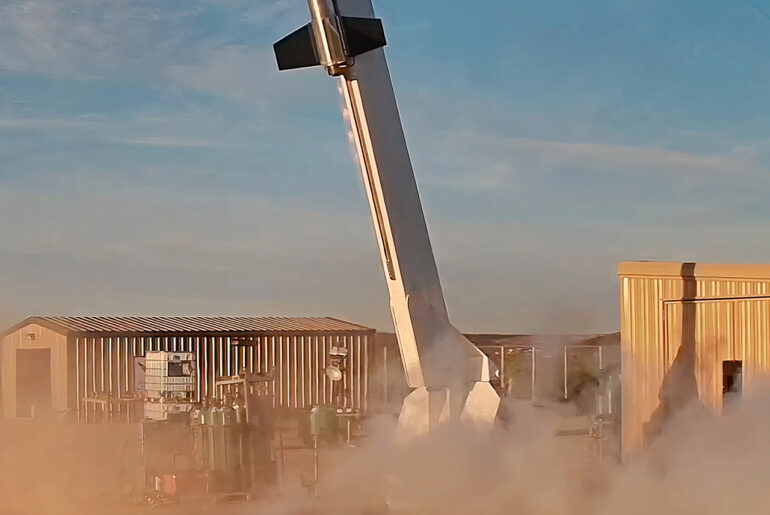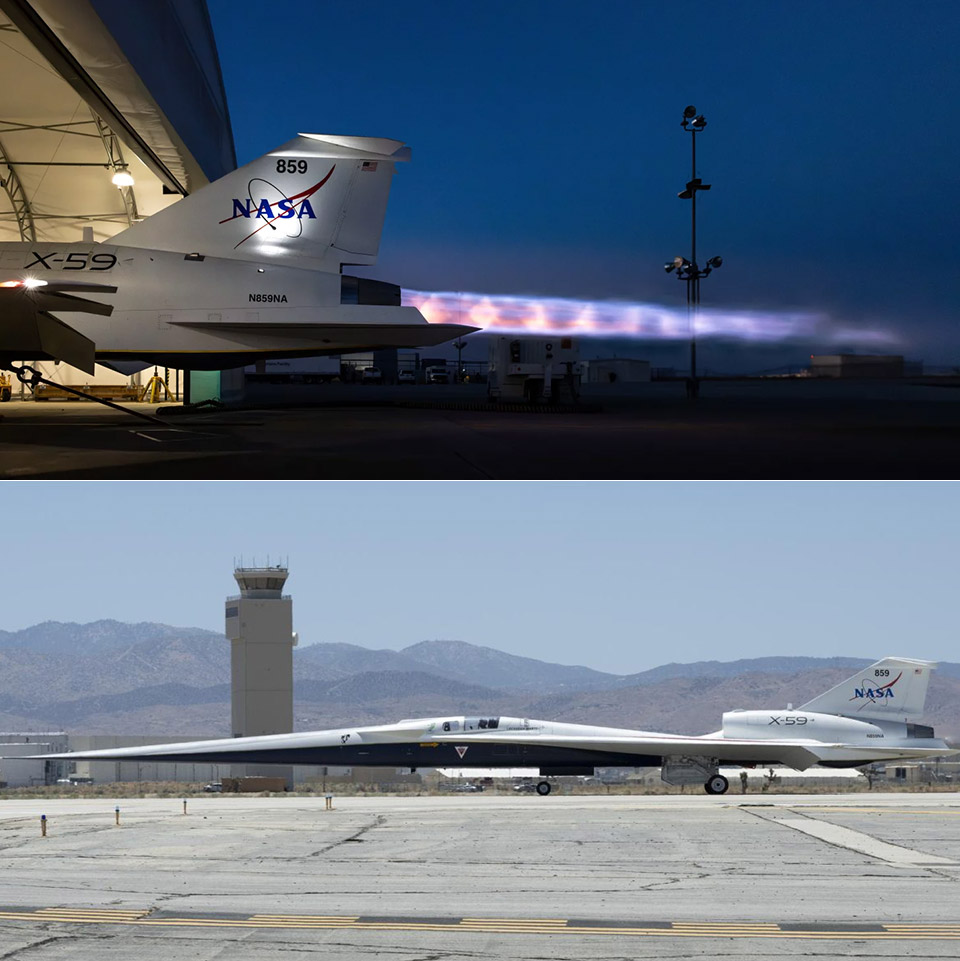
Photo credit: NASA / Carla Thomas
The X-59 rolled out of the Lockheed Martin Skunk Works hangar in Palmdale, California on July 10, 2025 and is now taxiing on its own power for the first time. This is the final step before flight for the NASA Quesst mission aircraft. Central to the Quesst mission is the X-59 which will change the way we think about supersonic travel and potentially open the skies to commercial aviation.
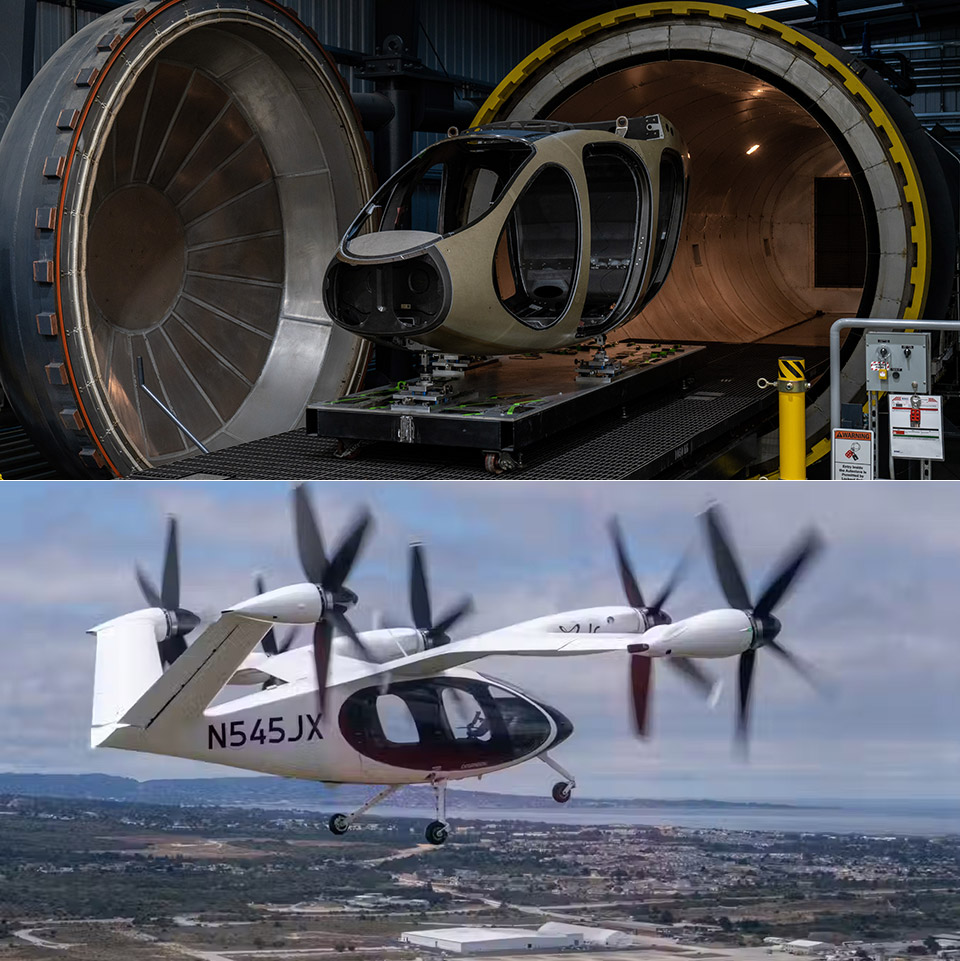
Joby Aviation is disrupting urban travel, and charging towards a future where electric air taxis are real. The California company has announced a major expansion, doubling production at its Marina, California facility and opening a new plant in Dayton, Ohio. With a sixth aircraft already in the skies and a solid plan to grow, Joby is positioning itself as the leader in redefining city mobility.

In a world where electric air taxis dominate the conversation about urban mobility, FusionFlight, a Dallas-based aerospace company, has taken an interesting detour. Their latest creation, the Axion, is a single-passenger, jet-powered VTOL (vertical take-off and landing) aircraft powered by eight micro-turbine jet engines, designed to deliver speed, versatility, and a touch of boldness to personal aviation.

Airports have always been a bit of a hassle, with TSA security checks feeling like the ultimate stress test before you board. For nearly 20 years, the routine of kicking off your shoes, wrestling with bins, and shuffling through scanners in socks has been the American traveler’s rite of passage. But now, the Transportation Security Administration is shaking things up, scrapping the mandatory shoe-removal rule at select U.S. airports to save you time while keeping safety tight.

Today, Joby Aviation dropped off its first production electric air taxi in Dubai, kicking open the door for the world’s first commercial air taxi service, ready to soar by early 2026. This slick six-rotor ride can whisk a pilot and four passengers at a blazing 200 mph, shrinking the 45-minute crawl from Dubai International Airport to Palm Jumeirah into a quick 12-minute jaunt.

Photo credit: BETA Technologies
Earlier this week, a sleek, all-electric aircraft named ALIA CTOL buzzed into John F. Kennedy International Airport, carrying four passengers and a pilot. It wasn’t just another flight landing at one of the world’s busiest hubs. This was BETA Technologies pulling off a first: the debut passenger flight of an electric plane at a major New York-New Jersey airport.

High above the sunny fields of Salinas, California, a futuristic electric aircraft named Midnight carved through the sky last week, marking a pivotal moment for Archer Aviation. This wasn’t just another test flight—it was the first time a human pilot, Archer’s chief test pilot Jeff Greenwood, took the controls of the Midnight eVTOL (electric vertical takeoff and landing aircraft). Reaching speeds of 125 mph and climbing to 1,500 feet, the flight showcased the aircraft’s ability to perform a conventional takeoff and landing (CTOL), rolling down a runway like a traditional plane.

Hermeus’ latest test flight marks a giant leap towards hypersonic travel. On May 21, 2025, their Quarterhorse Mk 1, a shiny uncrewed aircraft, took flight over Edwards Air Force Base, signaling their bold push toward technologies that could slash a New York-to-London trip to just 90 minutes.
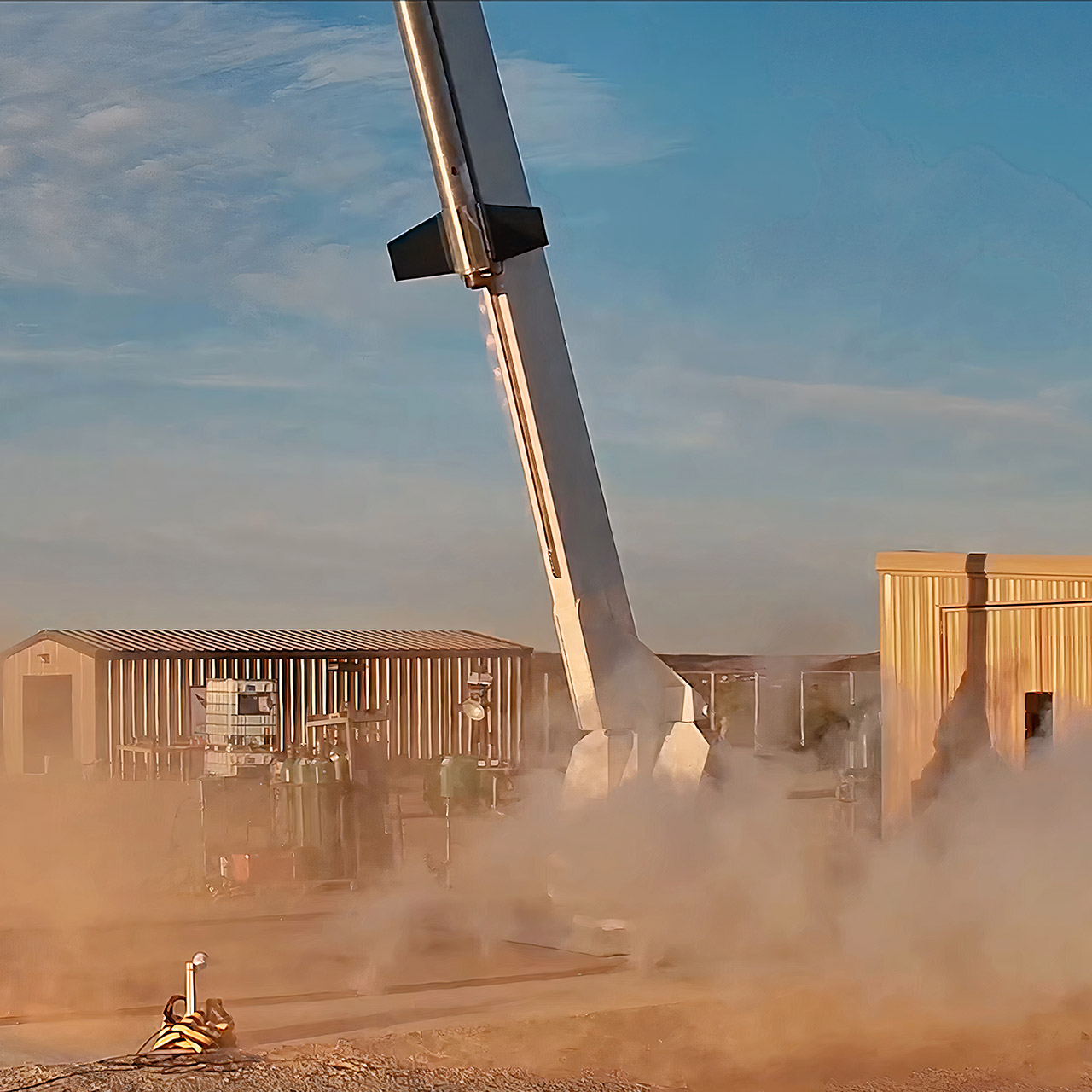
On a crisp morning (May 14) at Spaceport America in New Mexico, Houston-based startup Venus Aerospace made history, by conducting the first U.S. flight test of its Rotating Detonation Rocket Engine (RDRE). This propulsion breakthrough aims to transform high-speed travel, enabling flights from Los Angeles to Tokyo in under two hours.

